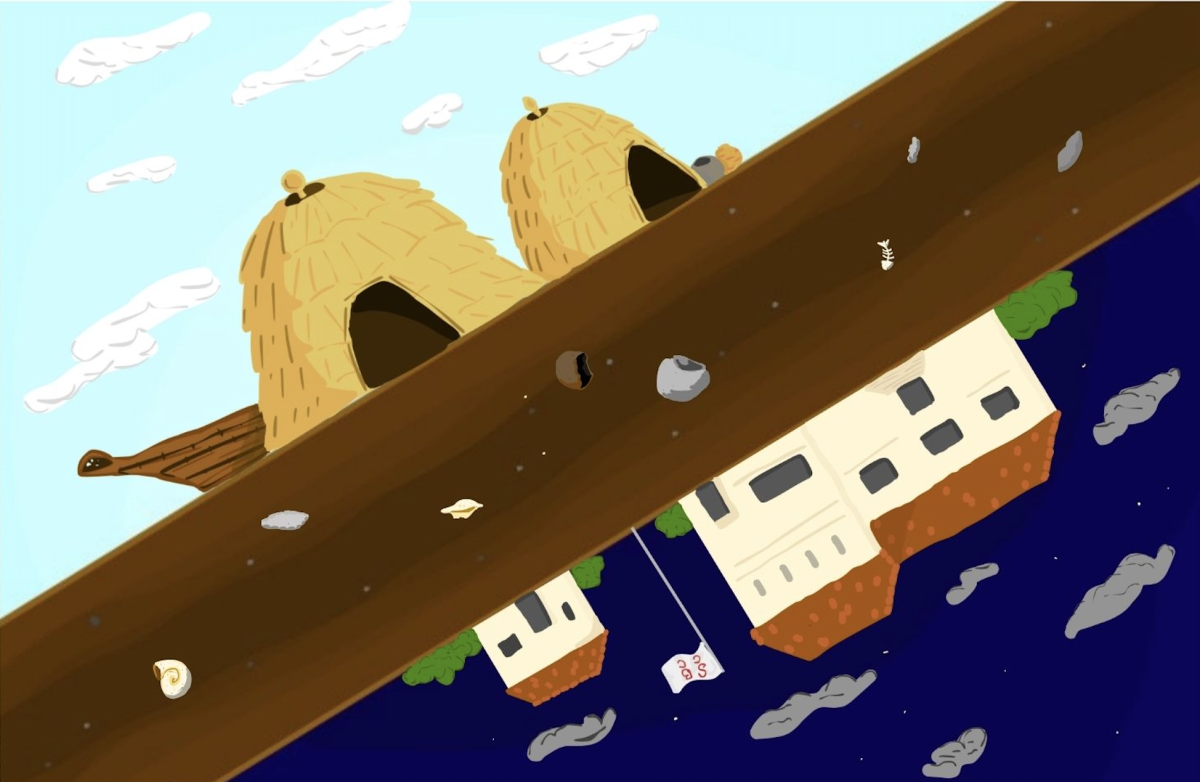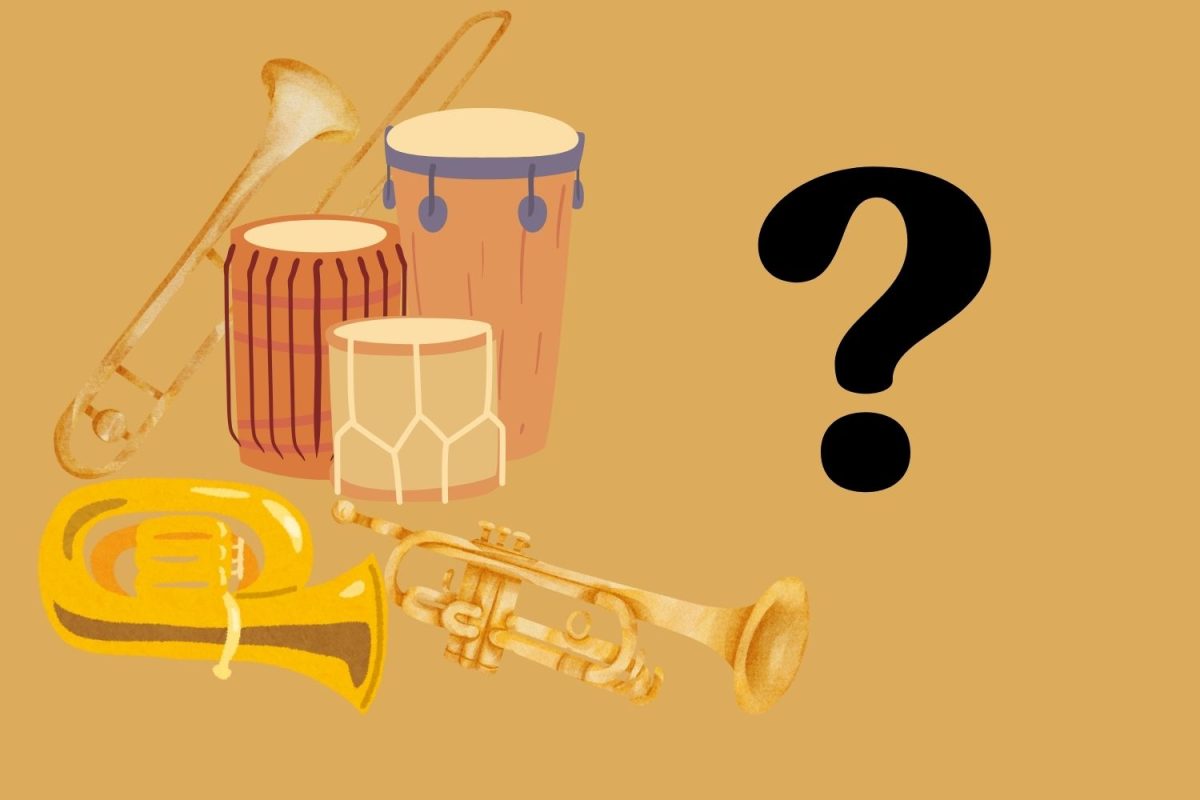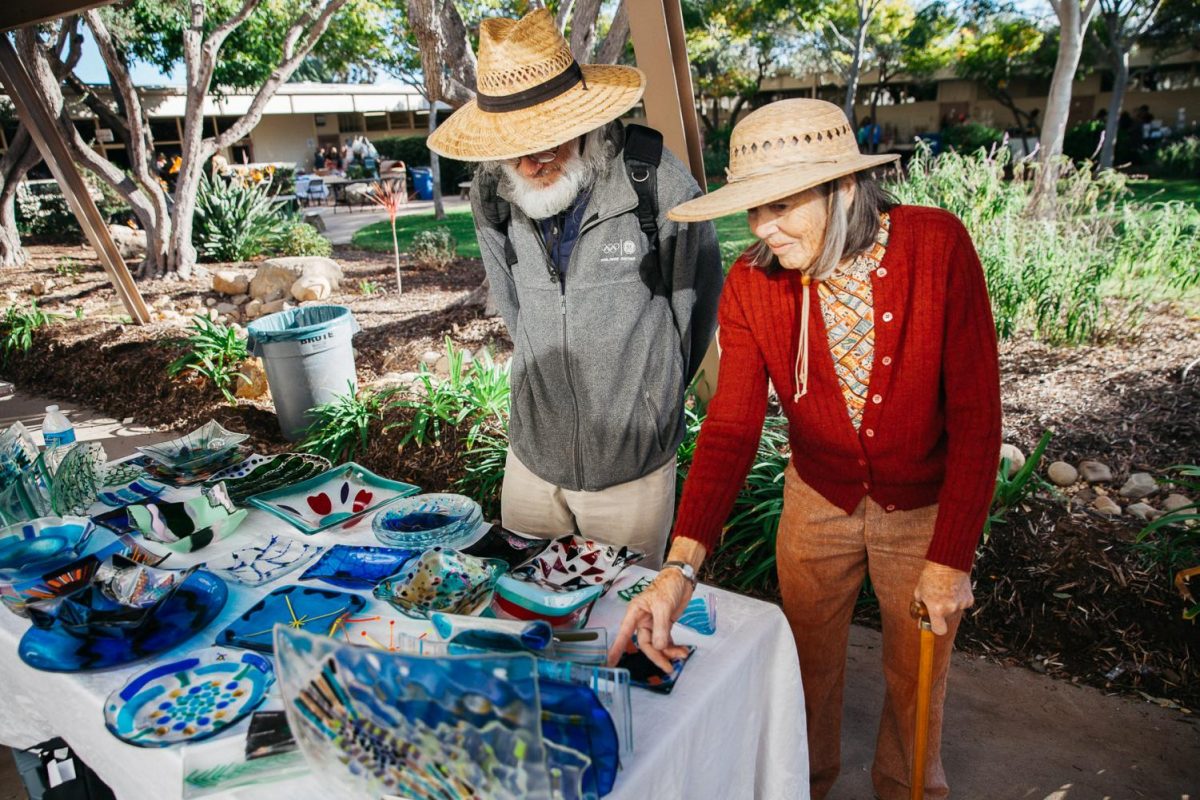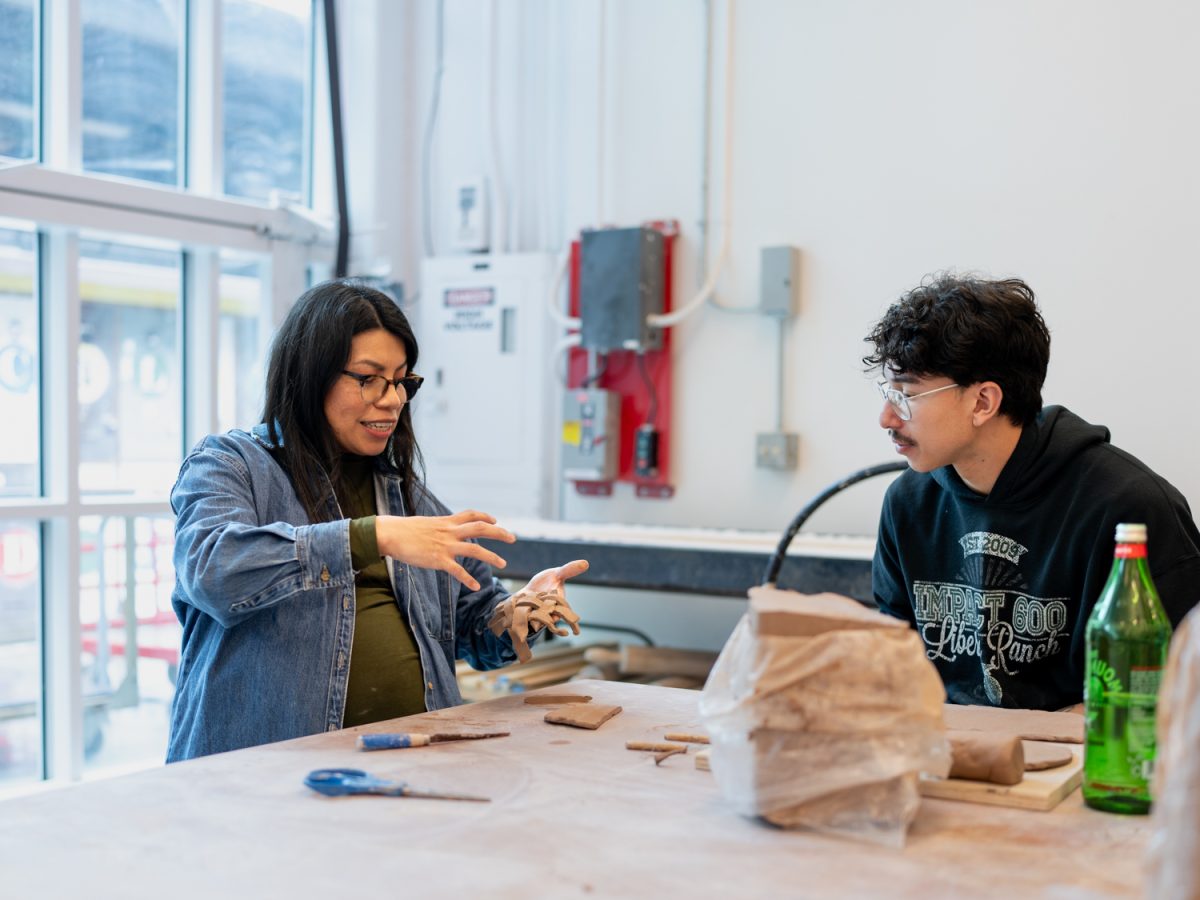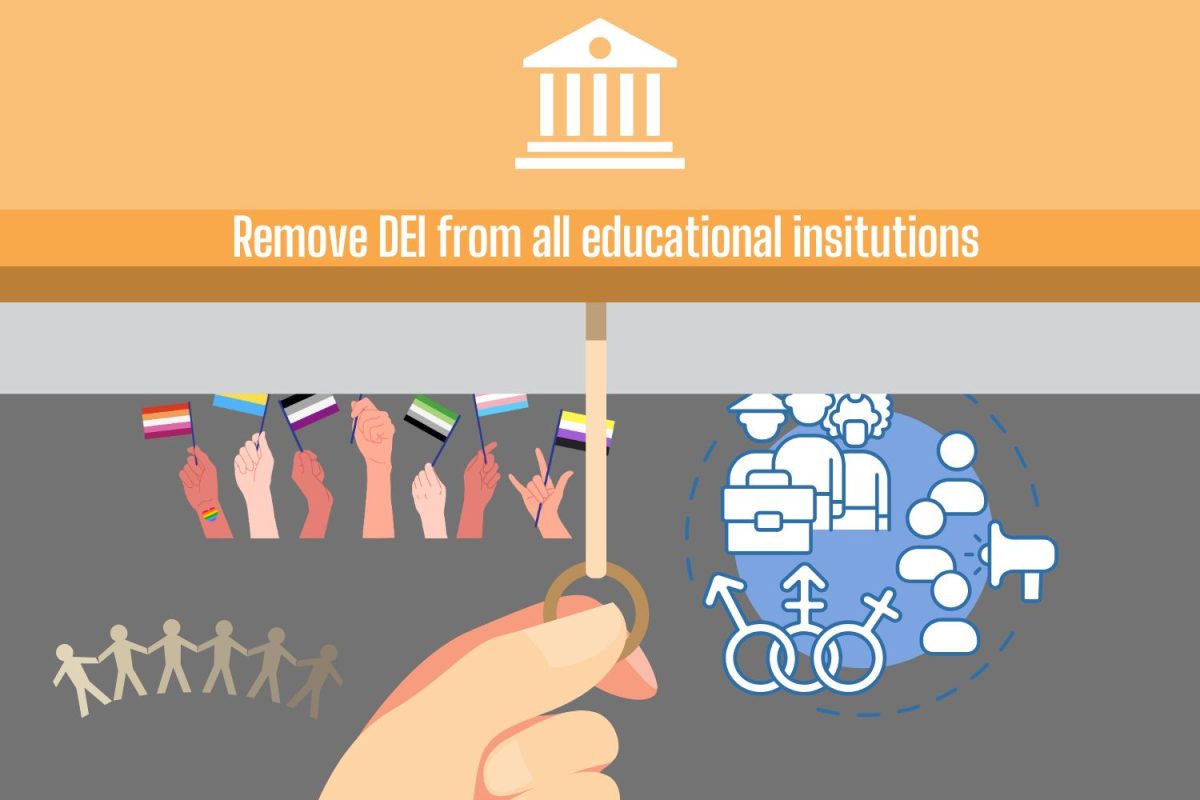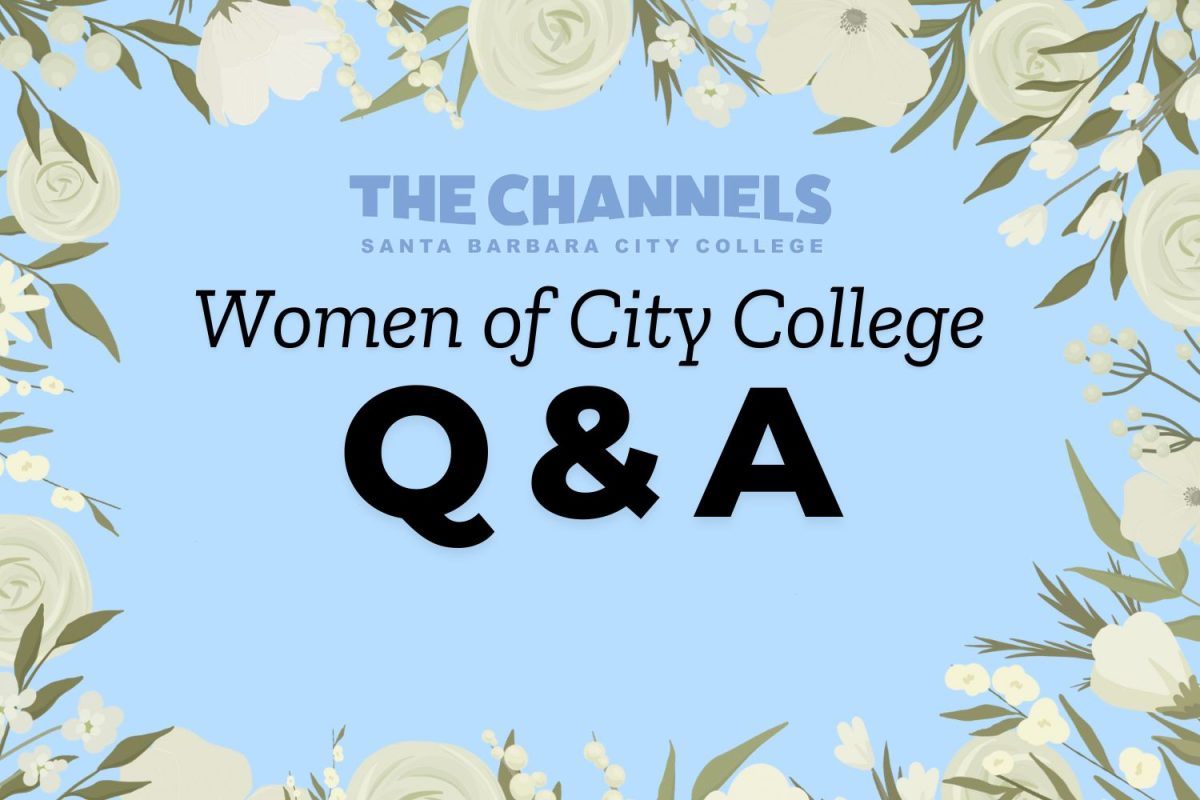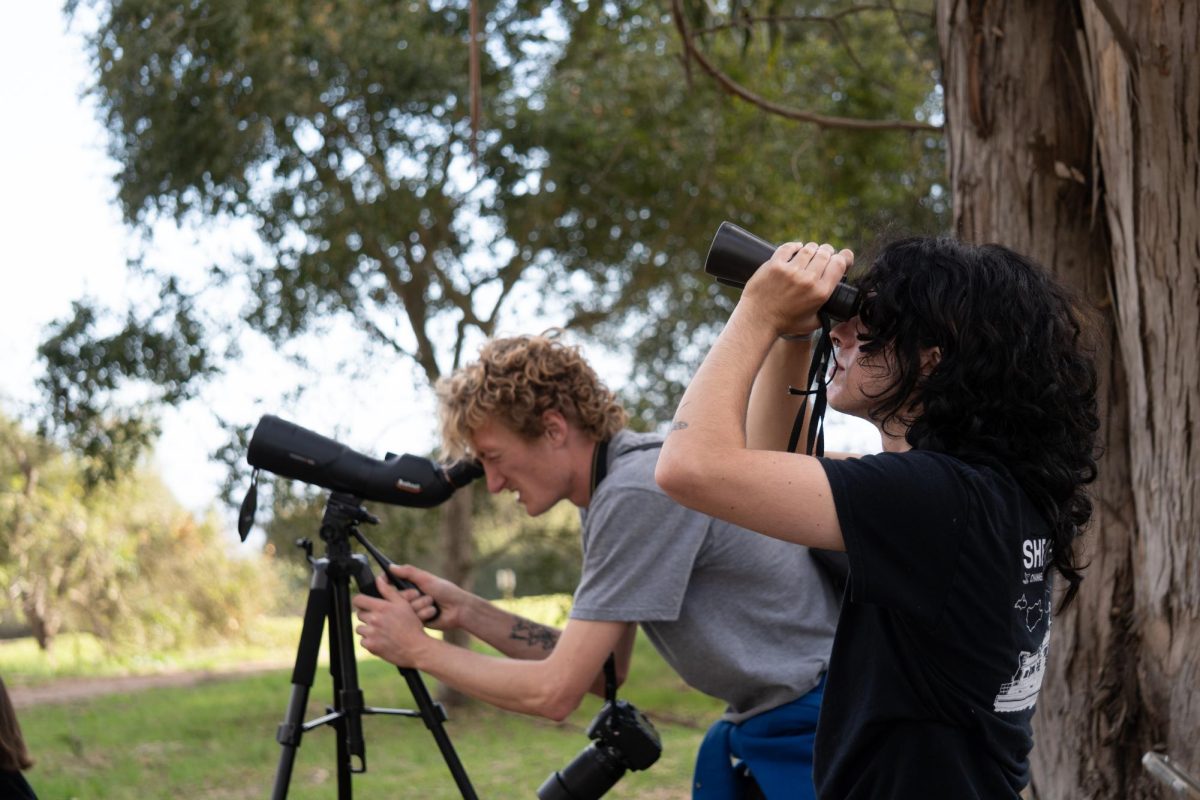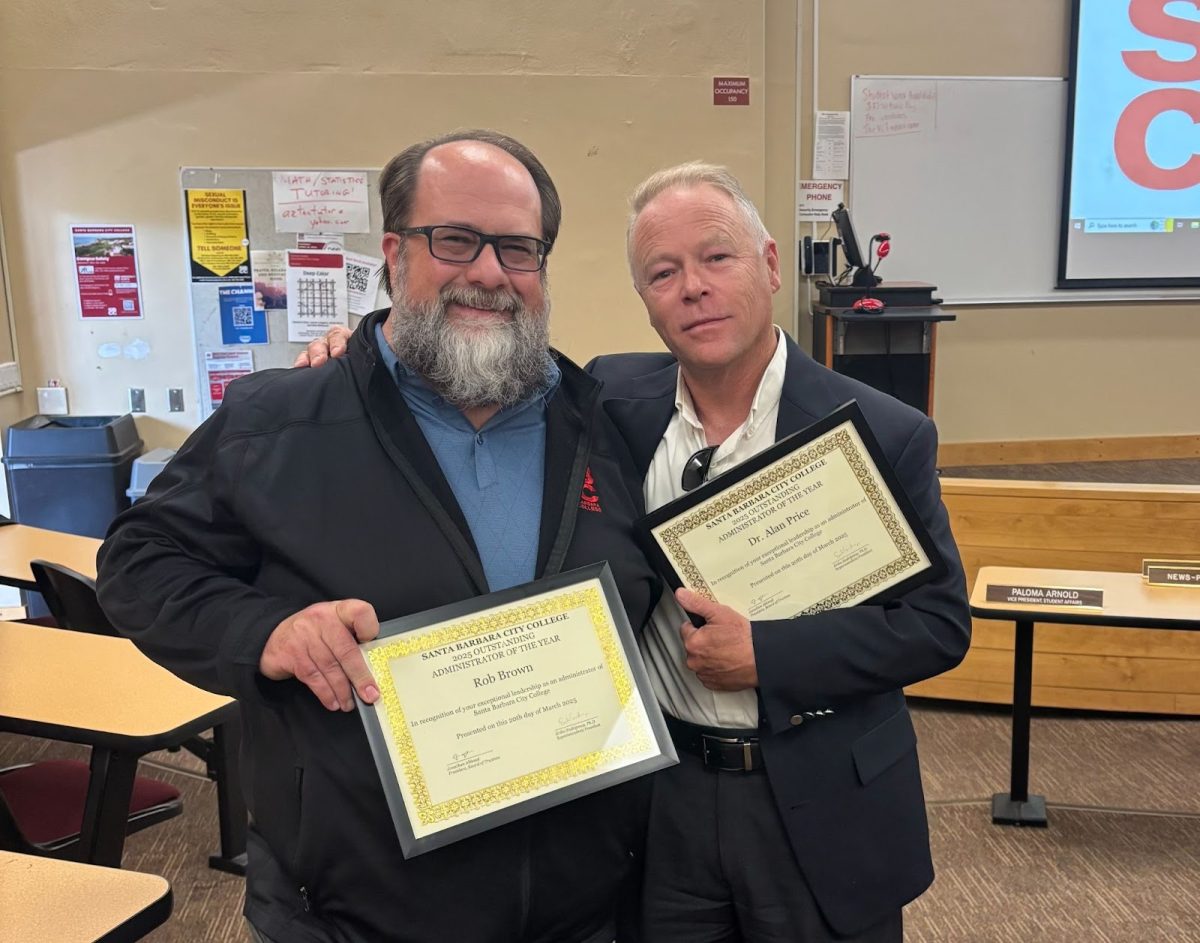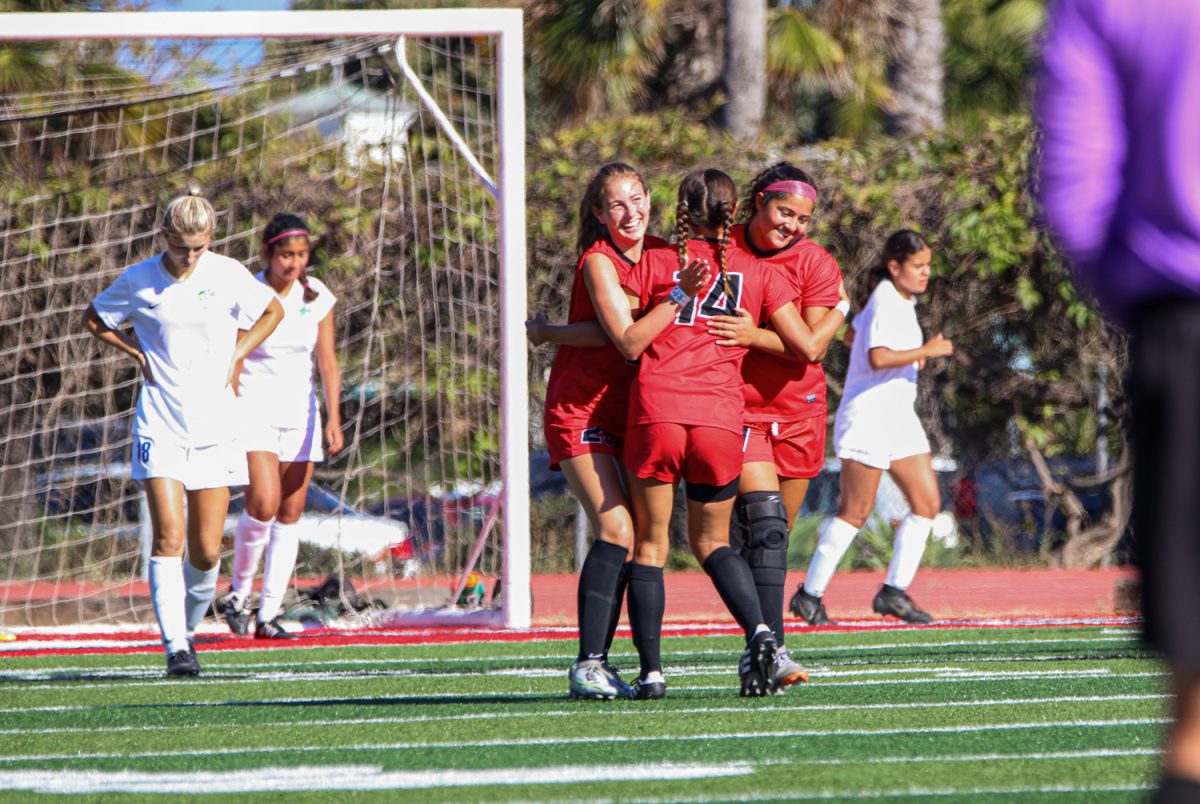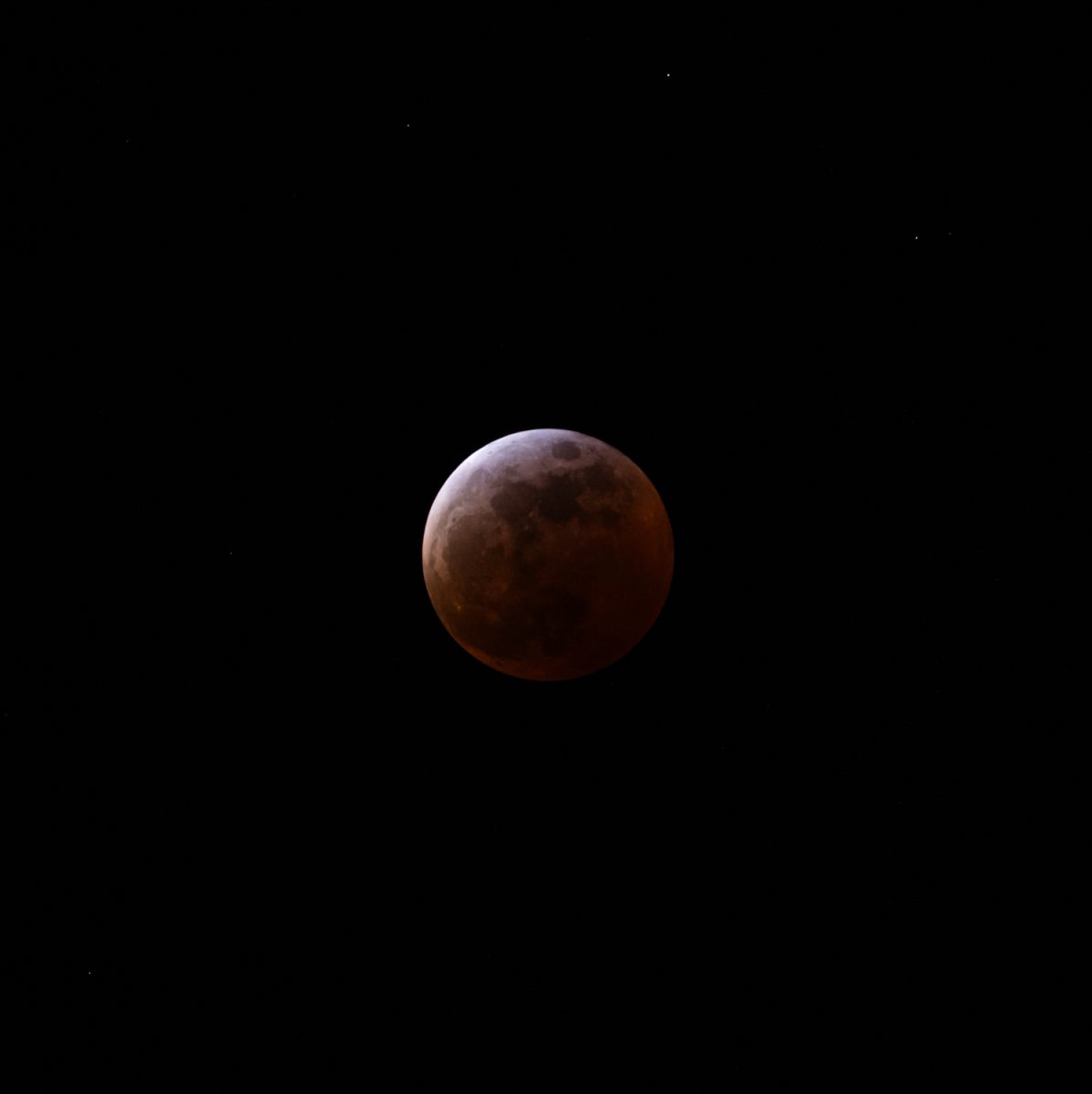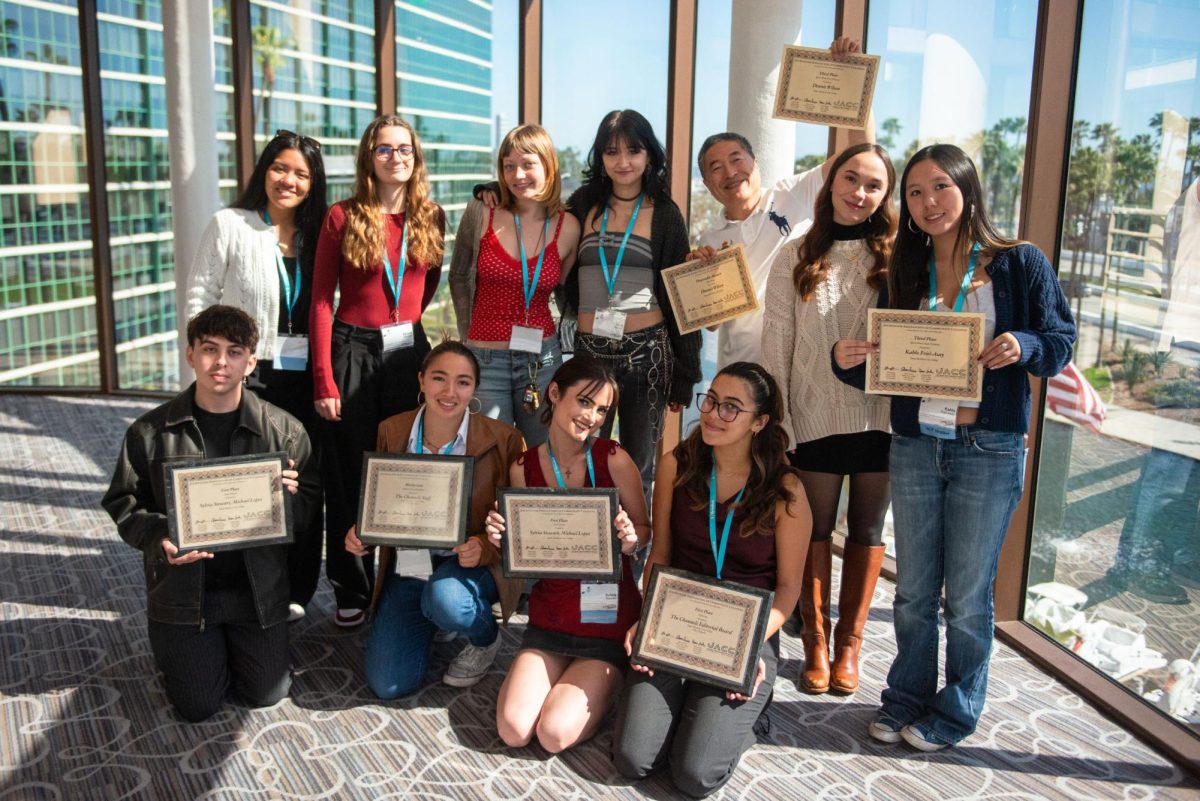As the marine layer lifts and sapphire waves crest in the distance, beholding the island-dotted horizon, one may wonder just how long these sites have been a marvel to those who have inhabited Santa Barbara’s coastline throughout history.
Deep beneath City College’s campus lies artifactual remains of a prehistoric Chumash settlement called “Mispu,” otherwise known as “Sispu,” which translates to “Place of the Hand.” According to several publications by the Santa Barbara Museum of Natural History (SBMNH), this site has shown signs of Chumash habitation spanning back at least 8,000 years.
The artifacts extracted from the site span the length of City College’s Campus. La Playa Stadium and the Business Communications Building are significant locations where evidence of Chumash heritage items have been discovered.
Shell refuse, fish bones from human consumption and stone tools have been excavated from beneath construction projects on City College throughout the 20th century, indicating a repeated use of this site by ancestors of the Chumash people.
“The fact that the midden is really well developed at City College shows that it was a permanent settlement at particular periods of prehistory,” John Johnson, curator emeritus of anthropology at the SBMNH said.
The “midden” Johnson refers to is a term for historic waste piles of discarded shells, following the consumption of the animal within. These shells can be analyzed to uncover an estimate for the time period when they were eaten.
Johnson explained that as Chumash culture evolved and plank canoes were conceived, settlements began to drift closer to the coast. Syuxtun village, which was positioned at the mouth of Mission Creek, near present-day Stearns Wharf, was a successor to Mispu, as it was much closer to the ocean.
Despite being settled at different points in history, Mispu is among the oldest known locations of Chumash settlement in Santa Barbara. Its habitation predates even the construction of the Great Pyramids in Egypt.
Throughout the last century, excavations have been conducted on the Mispu site below City College for several reasons. In the 1920s, Archaeologist David Banks Rogers carried out the first official excavations on Mispu and other sites in Santa Barbara, leading to the first book published by the SBMNH, “Prehistoric Man of the Santa Barbara Coast,” (1929).
Later, an Archaeology field lab worked to document and extract several boxes worth of Chumash artifacts in the late 60s and early 70s. Dozens of student journals packed with notes and site data are now being held, along with several boxes of artifacts, at the SBMNH.
“If someone’s going to write the story of the history of Santa Barbara, or prehistory if you will, prior to the coming of Europeans, that collection is going to be extremely useful,” Johnson acknowledged.
Although there is a standstill on analyzing the artifacts harbored at the museum, Johnson believes that they will be absolutely crucial for understanding the “big picture of prehistory in our area.”
Significant work must still be done to analyze and document the boxes of shells, animal bones and stone artifacts from Mispu that have been stored at the SBMNH for over 20 years.
The Native American Graves Protection and Repatriation Act (NAGPRA) is a law that requires any and all institutions that have Native American human remains, funerary items and culturally significant items to repatriate or return them to their rightful cultural owners.
In Mispu’s case, this is the Chumash community, which includes several different groups within the greater Santa Barbara area.
According to Johnathan Malindine, the NAGPRA officer at the SBMNH, all funerary remains that were found in the museum’s collection were repatriated to the Santa Ynez Band of Chumash Indians in 2022. The museum is still sorting through its abundance of artifacts to find more to be repatriated to their respective communities.
As construction continues throughout Santa Barbara, more archaeological work is needed through Cultural Resource Management (CRM). A process in which sites planned for development are quickly excavated to uncover sacred, funerary or otherwise significant cultural indigenous remains, for the sake of preservation.
“I’ve been doing cultural resources for the last 10 years; we’re not gonna save those sites– we can’t save those sites. Development is going to happen. However, we can make sure that any cultural item is treated with the utmost respect and dignity,” Chairwoman of the Barbareño Band of Chumash Indians, Eleanor Arellanes Fishburn said. “These places are where our ancestors walked and are sacred to us. We need folks to know we are still here.”
Fishburn expressed concern for the past practices of government-contracted archaeologists and anthropologists in the early 1900s, believing that they viewed Chumash cultural objects as their own “personal prized possessions.” Closer to the present, however, she stated that there was a growing emphasis on understanding the social and cultural practices of the Chumash people, which brings us to more contemporary anthropological practices today.
“The generation of archaeologists that are growing up are very conscientious,” Fishburn remarked. “They are the experts in their field, and a lot of them come to us– we are the experts in our field, we have to work together.”
Correction: April 5, 2024
This story includes spelling corrections to a previous version. “Stearns Wharf,” not “Stern’s Wharf.”


